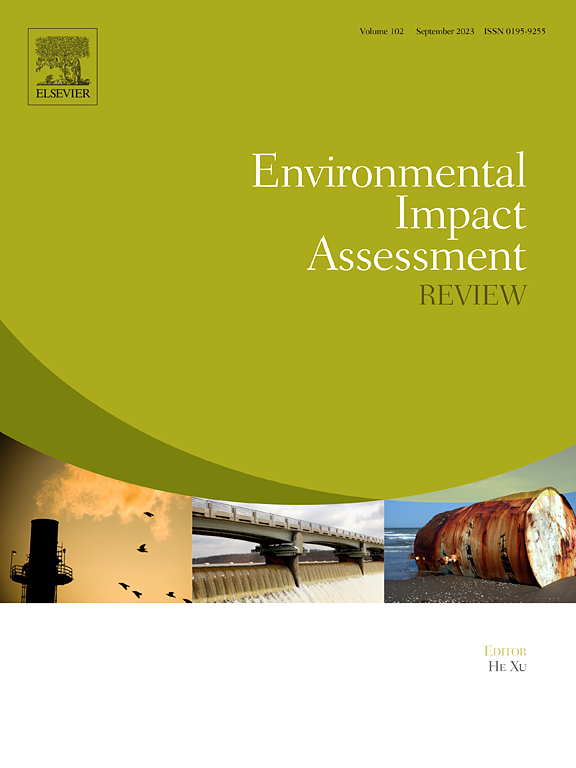Towards regional sustainability under adaptive ecological restoration and urbanization in Shanxi Province, China: From priority areas to critical battles
IF 11.2
1区 社会学
Q1 ENVIRONMENTAL STUDIES
引用次数: 0
Abstract
Humans are facing challenges in maintaining balanced relationships with nature, highlighting the urgent need for ecosystem restoration. While restoration efforts have mainly focused on ecological aspects, integrating the social-ecological approach into these initiatives can be crucial in achieving sustainable development. In this study, we proposed a framework for assessing development, delineating stages, and clarifying impacts. When applied to Shanxi Province, our analysis showed that ecological restoration initiatives resulted in a win-win situation for the social-ecological system in the region, with the social indicator and ecological indicator experiencing average growth rates of 17.22 % and 38.45 %, respectively. We identified two distinct phases in the process: the restoration of the priority areas (2000–2014) and the critical battles in areas under high human pressure (2014–2020). During the latter phase, the increase in the ecological indicator for areas with high social indicators was nearly double that of the earlier phase, indicating an alleviation of regional benefits distribution inequality in Shanxi Province. The positive shift was primarily attributed to ecological constraints and changes in government policies. This study contributed to the understanding of stage division in long-term ecological restoration through a social-ecological approach to achieving adaptive restoration and sustainable development.
山西省适应性生态恢复与城市化背景下的区域可持续发展:从重点区域到关键战役
人类在维持与自然的平衡关系方面面临挑战,凸显了生态系统恢复的迫切需要。虽然恢复工作主要集中在生态方面,但将社会生态办法纳入这些倡议对于实现可持续发展是至关重要的。在本研究中,我们提出了一个评估发展、划分阶段和澄清影响的框架。以山西省为例,分析结果表明,生态修复措施实现了社会生态系统的双赢,社会指标和生态指标的平均增长率分别为17.22%和38.45%。我们确定了这一过程中的两个不同阶段:优先地区的恢复(2000-2014年)和高人力压力地区的关键战斗(2014-2020年)。在发展后期,社会指标较高地区的生态指标增幅几乎是前一阶段的两倍,表明山西省区域利益分配不平等有所缓解。这一积极转变主要归因于生态约束和政府政策的变化。该研究有助于理解长期生态恢复的阶段划分,通过社会生态学的方法实现适应性恢复和可持续发展。
本文章由计算机程序翻译,如有差异,请以英文原文为准。
求助全文
约1分钟内获得全文
求助全文
来源期刊

Environmental Impact Assessment Review
ENVIRONMENTAL STUDIES-
CiteScore
12.60
自引率
10.10%
发文量
200
审稿时长
33 days
期刊介绍:
Environmental Impact Assessment Review is an interdisciplinary journal that serves a global audience of practitioners, policymakers, and academics involved in assessing the environmental impact of policies, projects, processes, and products. The journal focuses on innovative theory and practice in environmental impact assessment (EIA). Papers are expected to present innovative ideas, be topical, and coherent. The journal emphasizes concepts, methods, techniques, approaches, and systems related to EIA theory and practice.
 求助内容:
求助内容: 应助结果提醒方式:
应助结果提醒方式:


